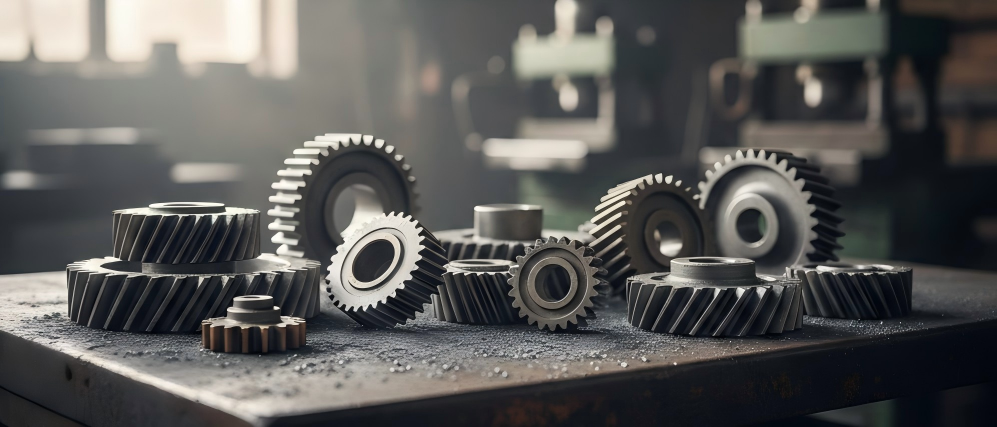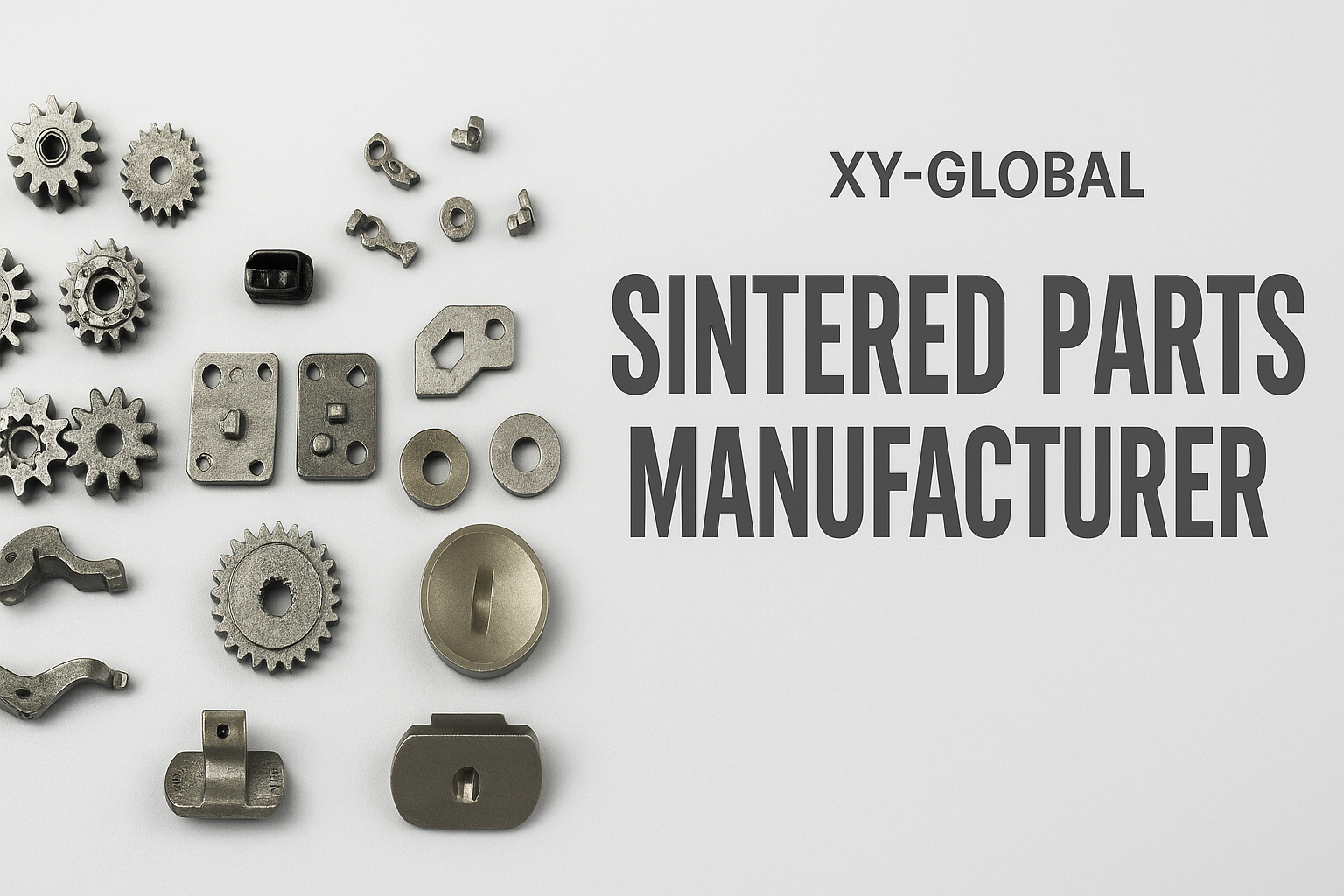When it comes to cutting materials, abrasive waterjet cutting vs pure waterjet cutting are two popular methods. Both techniques use high-pressure water to cut materials, but differ in how they do it. Abrasive waterjet cutting uses abrasive material to cut, while pure waterjet cutting only uses pressurized water.
It’s important to consider the differences between pure and abrasive waterjet cutting when deciding between them. Factors like the materials, precision requirements, applications, and operation costs will all play a role in determining the best option for your project.
This article will compare the advantages and disadvantages of abrasive vs pure waterjet cutting to help you decide which is best for your project.
Pure Waterjet Cutting
Pure waterjet cutting is a newer form of waterjet cutting that has gained popularity over the past decade or so. This method uses only pure water in its cutting process, instead of adding abrasive material like garnets or other types of abrasives. Pure waterjet cutting produces less heat and can be used on sensitive materials without damaging them.
Abrasive Waterjet Cutting
Abrasive waterjets use diamond abrasives with high pressure to cut through metals, plastics, composites, and other materials. Some abrasive particles injected into pressurized water at high speeds break into micro-particles. Micro-particles have a larger surface area and can penetrate deeper into surfaces, increasing wear resistance on tooling and components.
Differences Between Abrasive vs Pure Waterjet Cutting
Process
In the abrasive waterjet cutting process, sand or garnet grit is used as an abrasive agent. Grit fed into the cutting head at high pressure creates high temperatures and pressures. High-speed water streams and abrasive material create a powerful jet that can cut through any material.
Pure waterjet cutting uses no abrasives whatsoever in its process. Instead, it relies on sheer force and pressure generated by the high-speed stream of water to cut through materials such as metal or stone without damaging their surface finish or integrity.
Materials
Another difference between abrasive and pure waterjet cutting is materials. Abrasive waterjets can cut a variety of materials. Grinding is necessary before use to avoid damaging the equipment or operator.
The cost of replacement abrasives can add up quickly over time, especially if you’re using a large-scale machine that runs for long periods of time. Pure water jets may not work with all materials equally well, so it’s important to check compatibility before using them.
Precision
Abrasive waterjet cutting can achieve high precision using a sharp, high-speed steel wire. It can cut through hard materials like stainless steel and titanium without damaging them. The high pressure required for this process also helps produce very precise cuts even when working with thick sections of material at high speeds.
A fine beam of high-pressure water, created by focusing the waterjet with a lens, gives pure waterjet cutting its precision. High-speed water beam cuts intricate shapes without damaging the surrounding area.
Application
The industry mainly uses abrasive waterjet cutting, while commercial projects often use pure waterjet cutting.
-
Abrasive Waterjet Cutting: Applications include metal fabrication and sheet metal fabrication where holes need to be cut into metal components to make them stronger or reduce weight.
-
Pure Waterjet Cutting: Applications include stone cutting, concrete cutting, and glass etching.
Operation Costs
Abrasive waterjets use abrasive particles that need to be replenished periodically. The cost of replacement abrasives can add up quickly over time, especially if you’re using a large-scale machine that runs for long periods of time.
Pure waterjet cutting uses pressurized tap water, so there are no extra costs for consumables or replacement parts like abrasives or coolant.













Share:
MIM Tooling Design
Precautions for MIM Manufacturing